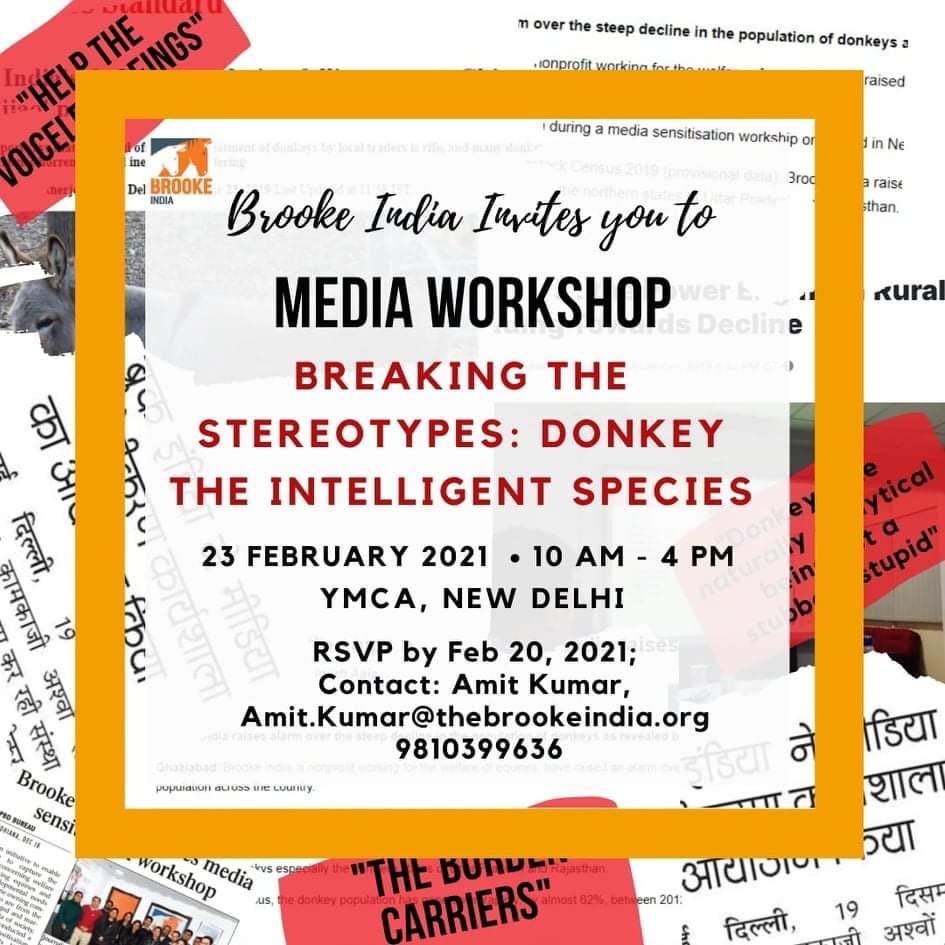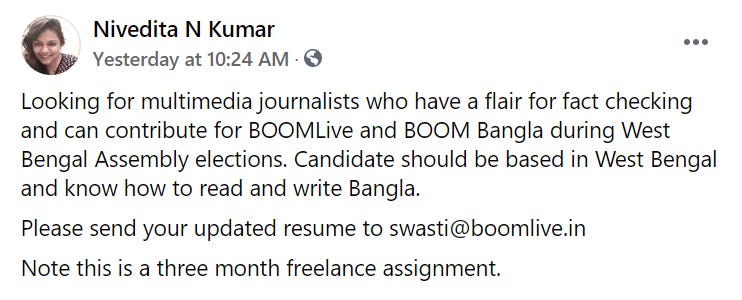How diverse is your favourite publication? And do you evaluate diversity based on the bylines? Or on the sources being interviewed? Or both?
Past and ongoing studies show that newsrooms around the world fall short on hiring people from diverse backgrounds and identities. In India, according to a 2019 study by Oxfam India and Newslaundry, only around 5% of articles in English and around 10% of articles in Hindi are written by Dalit and Adivasi people. Fewer than 5% of leadership positions in Indian newspapers are held by women. And the pandemic has only made it worse.
Quite often, a lack of diversity in newsrooms translates into journalists not interviewing a diverse set of sources and even missing out on stories entirely. But multiple initiatives are trying to change that.
The Open Notebook, a non-profit that supports science and health journalists, collated a list of databases where journalists can find diverse sources to interview.
"Lack of diversity in science journalism limits which stories get told, how they are told, and whose voices are heard. It affects public perceptions of the scientific enterprise, suggesting that science is for some, more than others," the website says.
One list, called 500 Queer Scientists, aims to increase the visibility of LQBTQIA+ people. The website notes that people working in STEM (Science, Technology, Engineering and Maths) often feel uncomfortable in their field of work and drop out. More than 40% of LGBTQIA+ people in STEM fields in the US have not come out to their colleagues, a 2013 study found.
Other lists, like Women's Media Center's SheSource and People of Color Also Know Stuff, have directories of women-identifying and POC experts.
While it's important for journalists to look beyond the 'usual' sources, The Open Notebook has an important reminder for those looking to bring more voices into their stories, "If it’s possible to find needed information by doing your own research, it’s best to do that. This work is not the responsibility of people who are members of historically marginalized communities. That’s especially true when such efforts are unpaid." (For more insight on this, check out this section: A Note about Asking Members of Marginalized Communities for Help).
Beyond text, a lack of representation in panels encouraged two academics to put together a list of Women Experts In Indian Foreign Policy and International Relations.
But are resources like these enough to improve representation in media? Some newsrooms have decided that grants are the way to go.
101Reporters put out a call for the Rukhmabai Fellowship that supports women journalists in covering women in STEM via grants. The call for applications for this round closed in January, but since this is an inaugural fellowship, we may see more rounds.
The 50:50 program is BBC's attempt at channelling journalistic competitiveness into increasing gender representation in their work. 600 teams are challenged to reach 50% female representation in their content.
Of course, this project is not perfect. It doesn't take into account other gender identities. But it looks like they're working on making the 50:50 program more inclusive in the future, starting with "monitoring of disabled contributors and Black, Asian and minority ethnic contributors in BBC content."
These calculations don't have to start at an organisational level, like tracking newspaper bylines or primetime guests. It can be as simple as taking a look at the last story you covered.

The Patriot is hiring:
The Patriot, a Delhi based newspaper, is looking for a sub-editor with 0-2 years of experience. Location - Delhi Interested candidates, please send your CVs to nabeel@thepatriot.in, or to raishru28@gmail.com
Brooke India's Media Workshop:

Financial Express is hiring:
Financial Express newspaper is looking for an opinion page editor for Noida. The job entails editing articles, making pages and writing edits. Experience: 3 to 8 years Qualifications: Preferably an MA in Economics Send relevant profiles at sonika.shukla@expressindia.com
Boom Live/Boom Bangla is hiring for a three-month assignment:

5. India Times is hiring:
ABOUT THIS NEWSLETTER
This newsletter is an attempt to keep up and share all the latest and greatest stories in media and how they get done. Read about it here: About In Old News-Letter. And if you were forwarded this newsletter, here’s how you can sign up to get the latest editions as they come out!

